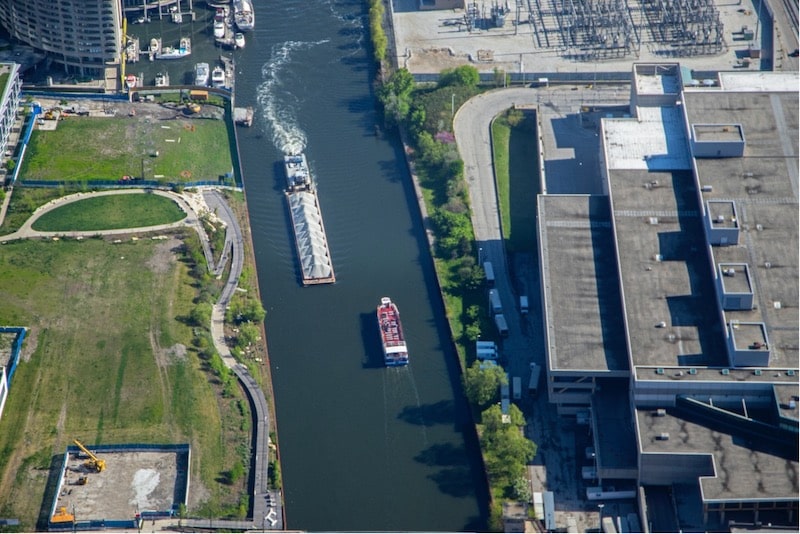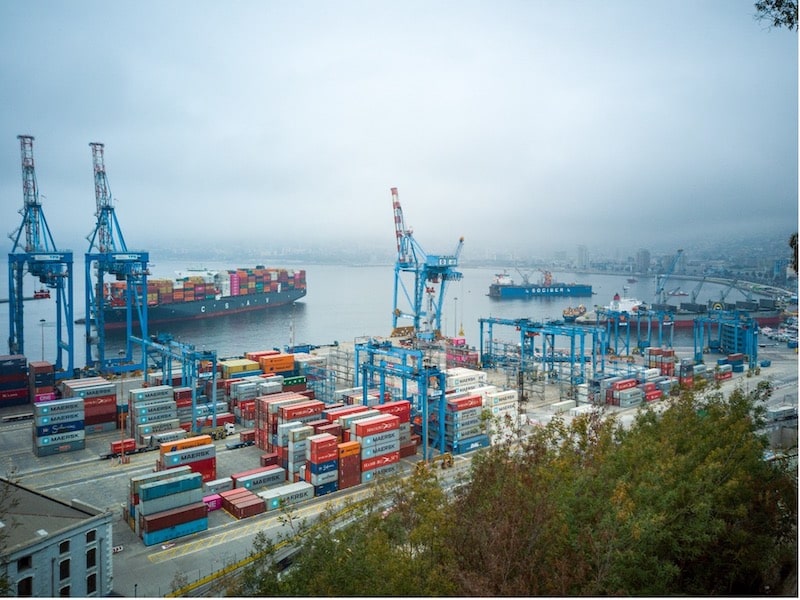Supply chain resiliency: Thriving in the age of disruption
Whether it is a global pandemic or a fire in a warehouse, the supply chain constantly faces disruptions. Many of these disruptions cannot be avoided or prevented, but there are ways to handle them and stay on track.

What is supply chain resiliency?
Supply chain resiliency is a term used to describe a supply chain’s ability to stay consistent and recover from any disruptions it may experience. Examples of these disruptions are operational risks that could cripple a supply chain if not addressed and managed. A resilient supply chain is structured in line with modern supply chain processes and technologies. This allows the supply chain to analyse, predict, and effectively respond to any disruptions it may face. This results in saving time and money.
Examples of supply chain disruptions
Supply chain disruptions are common across supply chains but spiked during the COVID-19 pandemic. Examples of supply chain disruptions are:
- Natural disasters
- Political unrest
- Cyber-attacks and security issues
- Financial and company viability
- Geopolitical causes
- Fires and explosions
- Compliance issues
- Global pandemics
Supply chain disruptions do not only affect the movement of goods but can also result in economic losses, job losses, and supply shortages. When this happens, supply chains are known to increase prices and cause shortages, especially amongst high-end consumer products. This then leads to inflation.
How to cope with supply chain disruptions
Supply chain disruptions can be transformed from a crisis into effective change if the disruption is handled correctly. Supply chain managers need to consider whatever financial and operational challenges their customers and suppliers may face when deciding how to handle a supply chain disruption. They would then need to create an initial response plan and outline operating rules. This would lead to the prioritisation of new risks, challenges, and implications of disruptions to all the supply chain components.

Creating a more resilient supply chain
The first way to create a more resilient supply chain would be to locate any vulnerabilities and redundancies within a supply chain. Examples of vulnerabilities within a supply chain are a lack of transparency that could affect the traceability of products within the supply chain, overly relying on a supplier or distributor, overly relying on suppliers that are based in countries involved in trade wars, and refusing to adapt to new trends and technologies. A way to locate these redundancies is by conducting risk assessments regularly.
A second way to create a more resilient supply chain would be to create capacity buffers and inventory. One of the simplest ways of enhancing supply chain resiliency would be to create a buffer of safety stock. Ways to do this would be to utilise surge capacity for planning new product launches or by strategically using contract manufacturers for their surge requirements.
A third way to create a more resilient supply chain would be to create flexibility and digitise the supply chain process. More flexibility within a supply chain would allow manufacturers to weather supply chain disruptions. Digitising the supply chain and its processes will easily improve supply chain resilience as it would offer real-time access to valuable data to make more informed decisions.
A fourth way to create a more resilient supply chain would be to diversify the suppliers within the supply chain to prevent extreme disruptions. Supply chain managers should also distribute their inventory to increase supply chain resilience. This would expand their geographical reach, reduce shipping costs, and cause a reduction in shipping and fulfilment time.

In Conclusion
Creating a resilient supply chain, or improving the resiliency of a supply chain, is a straightforward task if the correct processes are followed. Supply chain managers have the duty to improve the processes of the supply chain to be able to weather any supply chain disruptions that they are faced with.
